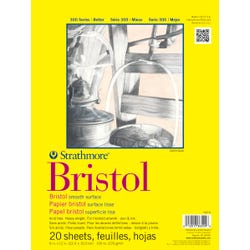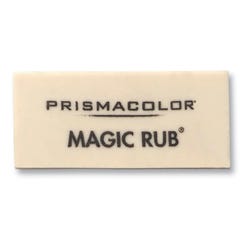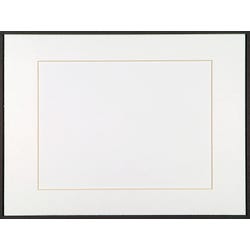What’s Your Story?

Description
Lesson Plan and Artwork by Dana DuMont
In this unit students will create an alcohol ink illustration that highlights their identity in connection with their community, family, and/or cultural history. The symbolism and color palettes they choose will be linked to the information they gather from family interviews, research, folk tales, art history, oral histories and works of fiction and/or nonfiction related to their community and culture. Completed works will depict aspects each artist considers pivotal to his/her/their story.
Objectives
- Observe and discuss artworks rich in narrative, color and detail created by artists working in various media.
- Research myths and stories and/or family histories relating to regions they have connections within order to draw narrative compositions that include color gradations and details and relate actually or fictionally to their personal cultural history.
- Recognize that artworks can be powerful vehicles for communicating identity and story.
- Prepare completed work for display along with a descriptive label.
Supplies Needed
Royal & Langnickel® Azure™ Markers, Dual-Tip, Assorted Colors, Set of 40
Sax® Graphite Drawing Pencil Set, Assorted Degrees, Set of 6
Sax® Exclusive Premium Pre-Cut Mats, 12 x 16 Inches, Bright White, Pack of 10
Prismacolor® Magic Rub® Latex-Free Vinyl Eraser, 21/4 x 7/16 Inches, White, Pack 12
Strathmore® 300 Series Smooth Bristol Pad, 9 x 12 Inches, 100 lb, 20 Sheets
Standards
Standard #2: Organize and develop artistic ideas and work.
Standard #7: Perceive and analyze artistic work.
Standard #11: Relate artistic ideas and works with societal, cultural and historical context to deepen understanding.
Instructions
1
Introduce visual storytelling based on works such as:
• Re-enchanting the World, 2022 by Malgorzata Mirga-Tas (Gosia Mirga)
• Muzidi Calabi Yau Space (or a matter of navigation), 2022 by Firelei Báez
• Drenched But Dry, 2022 by Sasha Gordon
• Fishing II, 1988 by Belkis Ayón
• Japanese Commuter Train, 2001 by Tabaimo
• Going Forward, Looking Back, 1996 by Jaune Quick To-See Smith
• Roseberry Topping by Annette Jackson
• Aspects of Negro Life: From Slavery Through Reconstruction, 1934 Aaron Douglas
• Wind’s Tale, 1911 by Edmund Dulac
• The Suitor, 1893 by Édouard Vuillard
2
View and discuss works, paying specific attention to lighting source, gradations in color, palette choice, symbolic imagery, detail and storytelling quality.
3
Explore and research myths, histories, symbolism, flora and fauna, oral and written stories, visual and performing art, etc. relating to places and events associated with the student artist’s life.
4
Demonstrate and discuss possibilities for composition sketches (interior, close-up, genre scene, still life, landscape, fantasy, realism, graphic, etc). Demonstrate Royal Azure Alcohol Ink Markers layering from light to dark, shading and blending with grays and tints, as well as color palette choices (limited, analogous, complementary, etc.)
5
Have students create preliminary sketches, practice layering varied Royal Azure Marker colors on bristol board and select color palette.
6
Students create graphite drawing on bristol board before filling the drawing with the first layer of light color.
7
Add layers of color gradations and use Royal Azure Blending Marker and lighter tints to soften transitions.
8
Refine and complete images.
9
Mat works for display and create titles and story gallery labels.
10
Display and celebrate class community with artist commentaries on their work along with constructive group critique.







